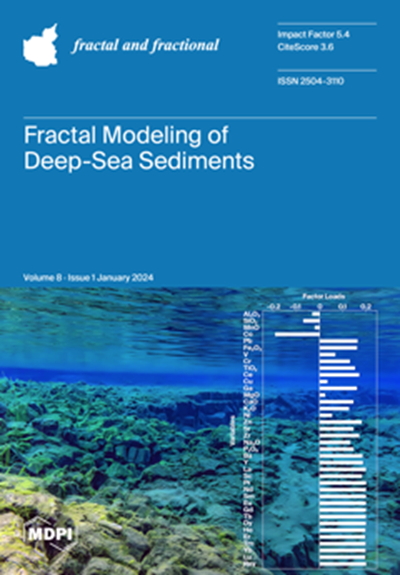Fractional-Order Total Variation Geiger-Mode Avalanche Photodiode Lidar Range-Image Denoising Algorithm Based on Spatial Kernel Function and Range Kernel Function
IF 3.6
2区 数学
Q1 MATHEMATICS, INTERDISCIPLINARY APPLICATIONS
引用次数: 0
Abstract
A Geiger-mode avalanche photodiode (GM-APD) laser radar range image has much noise when the signal-to-background ratios (SBRs) are low, making it difficult to recover the real target scene. In this paper, based on the GM-APD lidar denoising model of fractional-order total variation (FOTV), the spatial relationship and similarity relationship between pixels are obtained by using a spatial kernel function and range kernel function to optimize the fractional differential operator, and a new FOTV GM-APD lidar range-image denoising algorithm is designed. The lost information and range anomalous noise are suppressed while the target details and contour information are preserved. The Monte Carlo simulation and experimental results show that, under the same SBRs and statistical frame number, the proposed algorithm improves the target restoration degree by at least 5.11% and the peak signal-to-noise ratio (PSNR) by at least 24.6%. The proposed approach can accomplish the denoising of GM-APD lidar range images when SBRs are low.基于空间核函数和距离核函数的分数阶全变分盖格模式雪崩光电二极管激光雷达距离图像去噪算法
盖革模式雪崩光电二极管(GM-APD)激光雷达距离图像在信底比较低时噪声较大,难以恢复真实目标场景。本文在分数阶全变差GM-APD激光雷达去噪模型的基础上,利用空间核函数和距离核函数对分数阶微分算子进行优化,得到了像素之间的空间关系和相似性关系,并设计了一种新的FOTV GM-APD光雷达距离图像去噪算法。在保留目标细节和轮廓信息的同时,抑制了丢失信息和距离异常噪声。蒙特卡罗模拟和实验结果表明,在相同的SBR和统计帧数下,该算法的目标恢复度至少提高了5.11%,峰值信噪比至少提高了24.6%。
本文章由计算机程序翻译,如有差异,请以英文原文为准。
求助全文
约1分钟内获得全文
求助全文
来源期刊

Fractal and Fractional
MATHEMATICS, INTERDISCIPLINARY APPLICATIONS-
CiteScore
4.60
自引率
18.50%
发文量
632
审稿时长
11 weeks
期刊介绍:
Fractal and Fractional is an international, scientific, peer-reviewed, open access journal that focuses on the study of fractals and fractional calculus, as well as their applications across various fields of science and engineering. It is published monthly online by MDPI and offers a cutting-edge platform for research papers, reviews, and short notes in this specialized area. The journal, identified by ISSN 2504-3110, encourages scientists to submit their experimental and theoretical findings in great detail, with no limits on the length of manuscripts to ensure reproducibility. A key objective is to facilitate the publication of detailed research, including experimental procedures and calculations. "Fractal and Fractional" also stands out for its unique offerings: it warmly welcomes manuscripts related to research proposals and innovative ideas, and allows for the deposition of electronic files containing detailed calculations and experimental protocols as supplementary material.
 求助内容:
求助内容: 应助结果提醒方式:
应助结果提醒方式:


